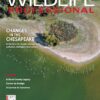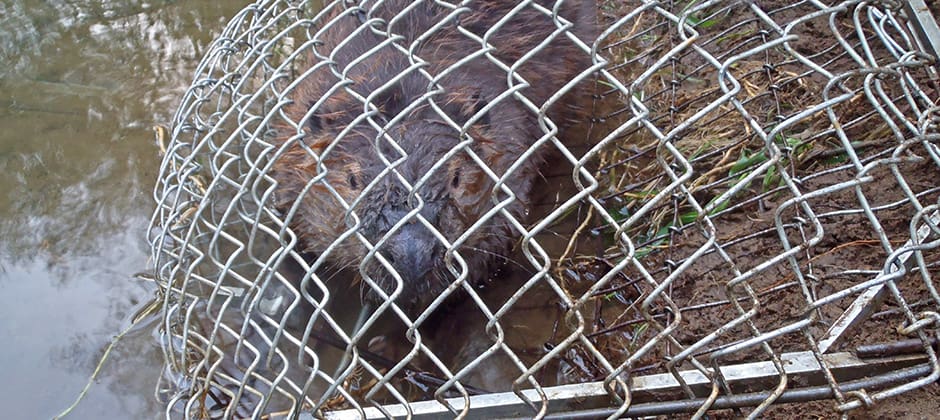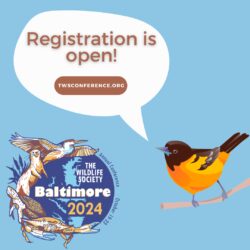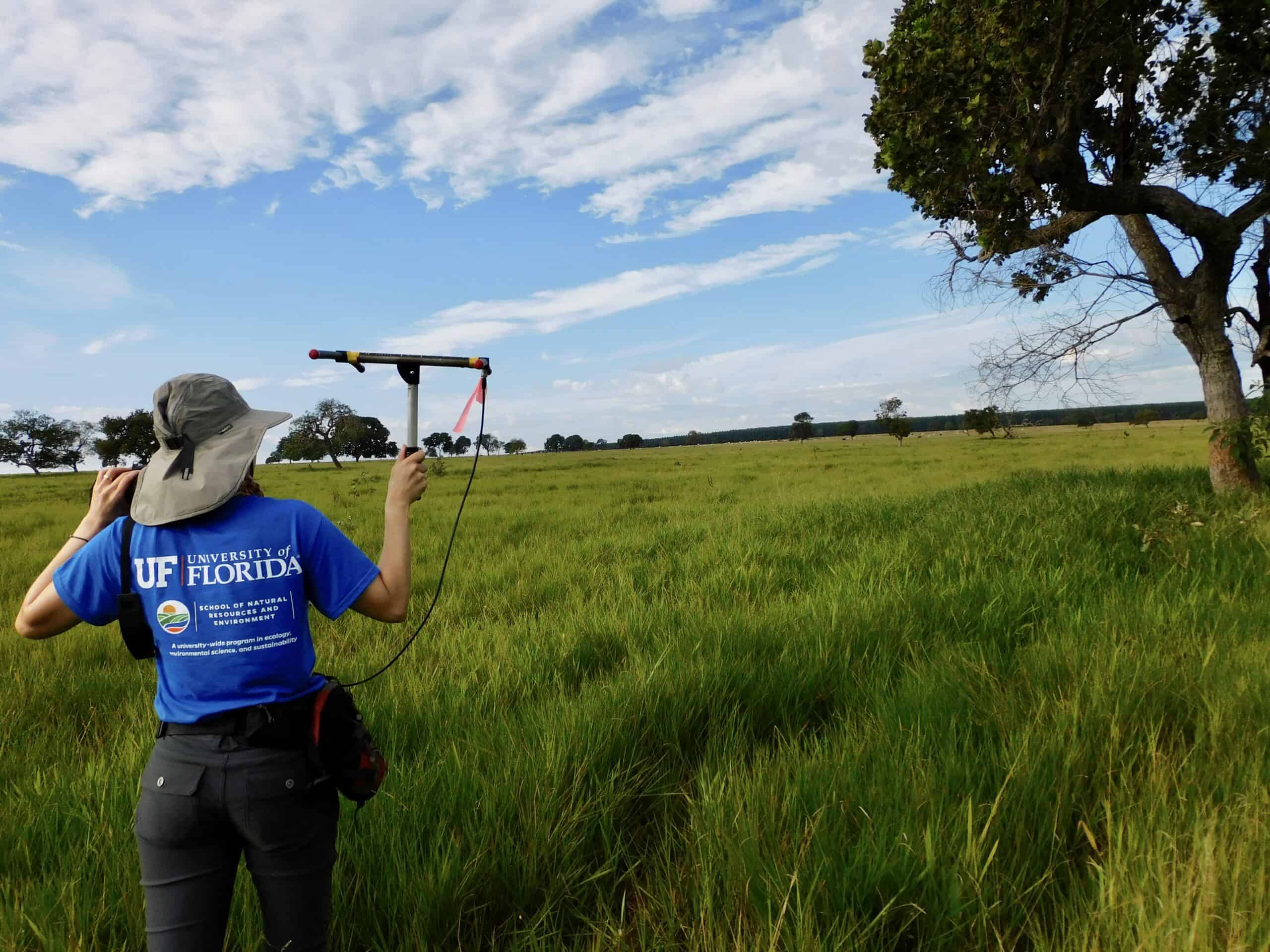Share this article
JWM: Beavers are on the move throughout western Oregon
During the early 20th century, many state agencies translocated America beavers to restore them in areas where they had been locally extirpated during the European fur trade. Through translocation and natural recolonization, beavers now occupy their historical range in North America.
In some areas, American beavers (Castor canadensis) cause human conflict through their dam building behavior. In other areas, people desire more beaver dams. “People are increasingly interested in using beaver translocation as a tool for stream restoration, but that may not be an effective approach if beavers can get there on their own or if they’re already there,” said Jimmy Taylor, a supervisory research wildlife biologist with the U.S. Department of Agriculture’s National Wildlife Research Center.
Beaver dams might seem like a telltale sign of the animal’s presence, but they aren’t always the best way to tell if beavers really are in a certain area. Sometimes, dams get blown away or knocked down. Sometimes, beavers don’t even build them. We don’t know why beaver occupy some areas and not others. How can managers be sure that translocation is a better alternative than natural dispersal?
To find out if geographic features like slope and distance to water, or their physical abilities, were stopping beavers from moving within and between watersheds in the Coast Range of western Oregon, Taylor, the senior author of a study published in the Journal of Wildlife Management, and his colleagues turned to genetics.
Past studies on beaver dispersal used radiotelemetry, Taylor said, but that’s challenging over such a large landscape. “That’s why we built an interdisciplinary team,” he said. “We set out to use landscape genetics as a tool to look at dispersal.”
Looking back into historical records, they found where and when beavers had been translocated so they could have a point of reference. “It helps us interpret our results better because we knew there had been previous translocations that could affect the signal of genetic analyses and to find out if those have an influence on our results,” he said.
When they collected genetic samples from the beavers, they found relatively strong genetic clustering in each watershed. There was some genetic signature that was likely tied to past translocation, although native beavers were likely always present. That meant that geographical features weren’t limiting their dispersal and stopping gene flow for beavers in the system. However, dispersal did seem to be more common within watersheds than between them.
Based on the findings, recolonization of empty habitats in the Oregon Coast Range likely doesn’t require translocation if beavers are already present in the major tributary watershed or in an adjacent major tributary watershed.
However, if practitioners choose to relocate beavers, they should follow state guidelines and move beaver within the same watershed, Taylor said. “Translocating beavers within watersheds mimics what they are doing naturally,” he said. “It also reduces risk of disease transmission and minimizes further disruption of genetic structure.”
This article features research that was published in a TWS peer-reviewed journal. Individual online access to all TWS journal articles is a benefit of membership. Join TWS now to read the latest in wildlife research.
Header Image:
A beaver live-trapped by Oregon State University and USDA National Wildlife Research Center scientists.
Credit: USDA National Wildlife Research Center








